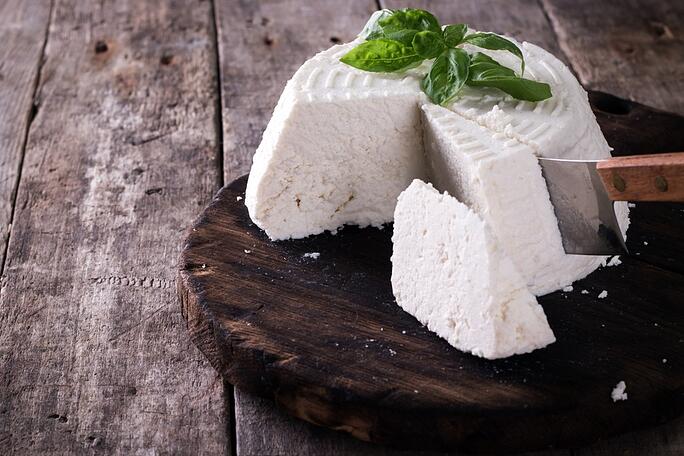How do you pick a cheese? It’s a question I ask myself more often than I would like. The sheer number of curds on offer is staggering and it’s almost impossible to determine how many different cheeses there are in the world. France alone has somewhere in the region of 400 official varieties and that’s just one country!
Choice is a wonderful privilege, but sometimes it helps to narrow things down a little bit, especially when it comes to the important task of choose cheese at the grocery store. With that in mind, here is the first in a series of pieces that simplify the complex world of cheeses.
Hard Cheese
Hard cheeses have considerably less moisture than the softer varieties and as a result, have a firm grainy texture. They also tend to crumble when cut. These cheese are placed in molds and put under tremendous pressure. They are also aged for much longer than other cheeses, sometimes for years.
Hard cheeses have, arguably, the most complex flavors with salty and nutty notes taking prominence. Probably the most popular examples of hard cheese are Asiago, certain cheddars, Parmigiano-Reggiano, and Swiss.
Semi-Hard Cheese

Unsurprisingly, semi-hard cheeses are less soft than hard cheeses. Unlike hard cheeses that can be aged for years, these cheeses are aged for only a few months. These cheeses have an almost rubbery texture and a generally more balanced, softer taste than hard cheeses. Gouda and provolone are quintessential semi-hard cheeses.
Semi-Soft Cheese

Semi-soft cheese has more moisture content than the cheeses listed above and is characterized by its smooth texture and mild flavor. A classic example of semi-soft cheese is mozzarella, although unlike most cheese in this category it is not aged. Other semi-soft cheeses include Muenster, Havant, Manchebo, and most blues.
Soft Cheese

These cheeses have the highest moisture content and as a result, have a creamy soft texture. They are known for their mild flavor. Soft cheeses are almost always aged slightly and should be consumed fairly quickly. Brie, Camembert, and feta are perfect examples of soft cheese.
Fresh Cheese

Finally, we have fresh cheese. These cheese are made without any rind and as a result, need to be consumed quickly to prevent spoiling. Fresh cheeses are spreadably soft and packed full of moisture. They also have a gentle, almost buttery flavor. Examples of fresh cheeses include ricotta, cream cheese, and cottage cheese. Mozzarella may be considered both a semi-soft and a fresh cheese.



